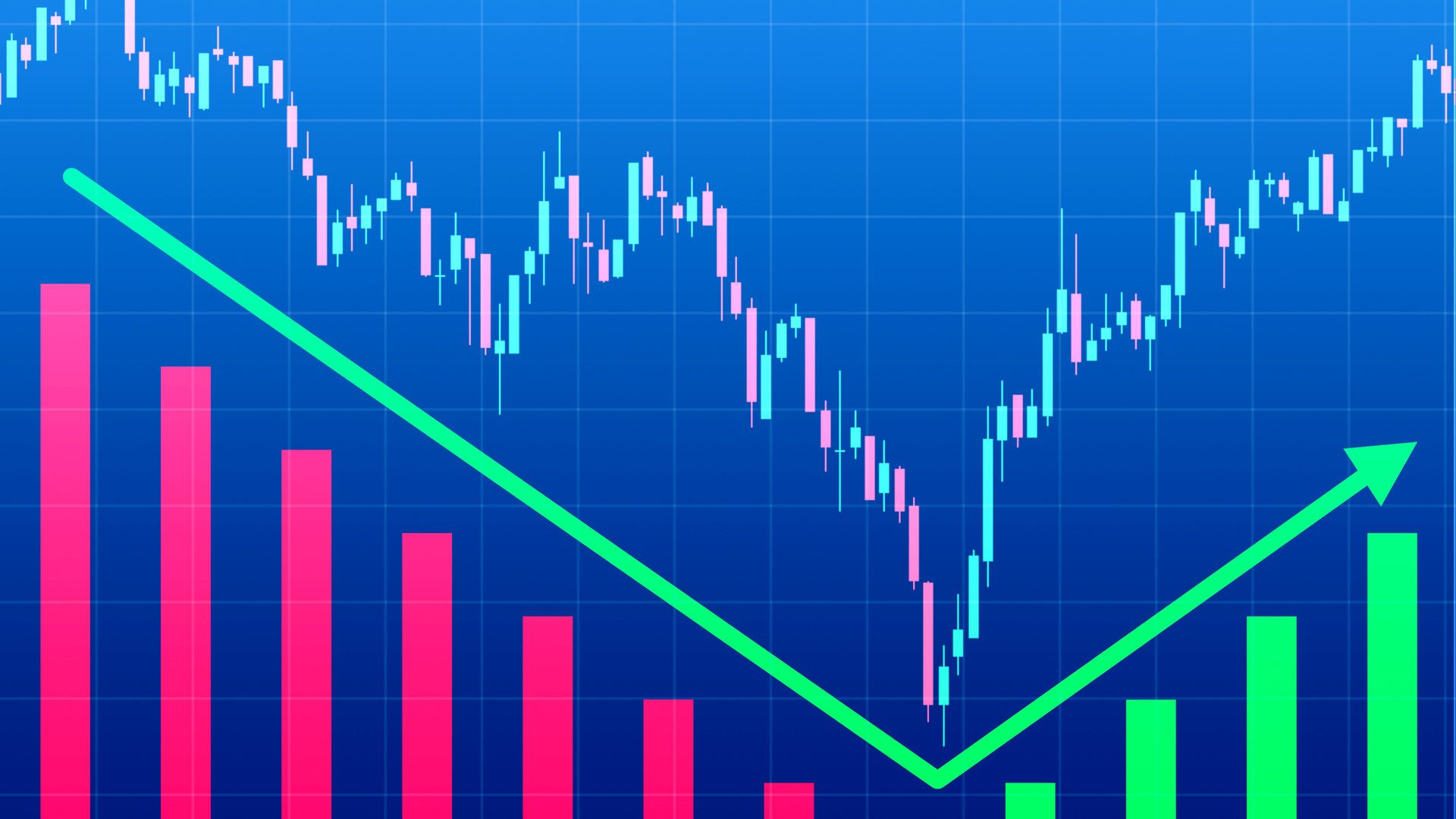Have you ever wondered what the bitcoin market cycle is and how it impacts the market? In this post, Coinwire will provide a thorough explanation of this idea that many cryptocurrency investors might not fully grasp.
What is Crypto Market Cycle?
A general word used to describe trends and patterns that arise in many marketplaces is “market cycles.” During a cycle, some assets will do better than others, and vice versa. Any market will inevitably experience market cycles. Market cycles are particularly crucial to comprehend in bitcoin primarily because the cryptocurrency market changes so swiftly. To put it simply, A market cycle is, more roughly speaking, the interval between a high and a low.
With the exception of stablecoins, the majority of cryptocurrencies experience a comparable range of market phases, making it difficult to determine when a cycle has begun or ended. You will benefit more from understanding each stage of the market cycle since you will be better able to decide whether to participate or stay out of it.
The cryptocurrency market cycle is divided into four stages: accumulation, markup, distribution, and markdown. Let’s now focus on the aforementioned four steps.
The Accumulation Phase
At the start of every cycle is the accumulation phase. Sellers have departed the market at this time, and prices are perceived to be stabilizing. Due to investors’ lack of optimism in the market, volume is frequently lower than typical at this point in the market. Assets typically fluctuate in a narrow spread since there isn’t a clear trend.
Typically, the accumulating period follows a down market. Even if it may appear that the asset’s price is no longer declining, investors may nevertheless be cautious to purchase at this time. However, long-term holders of positions may view the accumulation phase as the beginning of a forthcoming positive market environment.
The Markup Phase
In the markup phase, commonly referred to as the bull market period, prices rise quickly. The volume of trading at this time tends to increase significantly due to the entrance of new buyers and sellers.
Investors also view market declines during the markup period as opportunities to purchase rather than red flags. Even if an asset’s price is typically rising, it could decrease if unfavorable information about it becomes public.
The Distribution Phase
Some investors may start to reorient and start selling after a significant rally. This ushers in the market’s distribution stage, when supply and demand start to level out.
The market is expecting a protracted period of downward trends, which is what makes this time marked by widespread fear. However, there may be groups of market participants who are hopeful and ready to keep buying in the expectation that the present bull market will continue.
Market sentiment may change throughout this time, moving from optimism to greed to uncertainty. Many investors will ponder if the present uptrend will last or whether a bear market is imminent. The fear and greed index is a common indicator used by analysts to monitor this change in market sentiment.
The Markdown Phase
Investors fear the Markdown phase the most since it marks the beginning of a bear market. As soon as supply outpaces demand during the previous market phase, this period starts.
As traders and investors grow more gloomy about the future, selling pressure rises. This can kick off a domino effect that causes asset values to fall to depths that haven’t been seen since the boom.
Short sellers, however, might benefit from the decrease during a markdown period by selling an asset for a low price and then repurchasing it at a lower price in the future. Even good news might not be enough to lift an asset out of a downturn in these hard times since consumers are taking extra precautions to guard themselves from losses.
